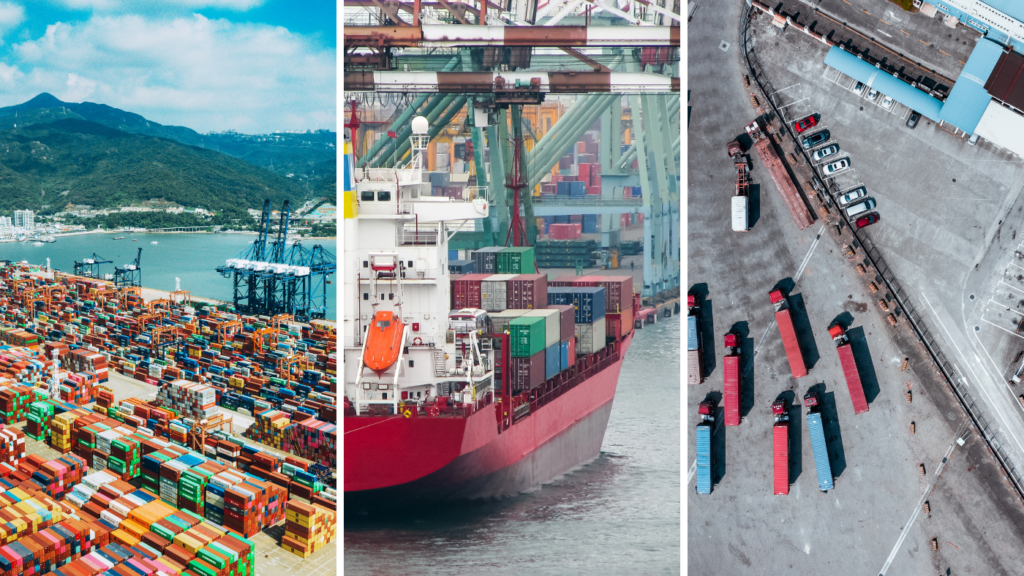Shipper’s Letter of Instruction (SLI)
Disclaimer: This content is informative and is not intended as legal advice. For specific guidance or details regarding the Shipper’s Letter of Instruction, it is recommended to consult with trade professionals or legal counsel.
Introduction to Shipper’s Letter of Instruction (SLI)
The global trade ecosystem is laden with documents designed to ensure the efficient and safe movement of goods across borders. Among these critical documents is the Shipper’s Letter of Instruction, often abbreviated as SLI. Primarily utilized in export transactions, the SLI serves as a vital communication tool between the shipper and the freight forwarder.


What Constitutes an SLI?
The Shipper’s Letter of Instruction (SLI) is a comprehensive document outlining the specifics of an export transaction. Its contents typically include:
- Exporter/Shipper Details: Name, address, and contact information of the party shipping the goods.
- Consignee Information: Details of the recipient or buyer of the shipment.
- Freight Forwarder’s Information: The entity responsible for arranging the cargo’s transport.
- Shipment Details: Information such as mode of transport, type of packaging, number of packages, gross/net weight, and the shipment’s dimensions.
- Goods Description: Detailed description of the products being shipped, including the Harmonized System (HS) code.
- Routing Instructions: Preferred shipping route, transshipment points, if any, and the desired destination port.
- Special Instructions: Any additional instructions or special handling requirements for the shipment.
Importance of an Accurate SLI
The SLI plays a foundational role in the export process:
- Regulatory Compliance: Ensures the shipper is compliant with export regulations of the origin country and import guidelines of the destination.
- Efficient Handling: Provides clear instructions to the freight forwarder, ensuring smooth transportation.
- Documentation Base: The data in SLI is used to prepare other essential export documents like the Bill of Lading, Air Waybill, and more.


SLI in the Age of Digital Transformation
As businesses increasingly adopt technology, the SLI hasn’t been left behind:
- Digital SLIs: Many modern freight forwarders and shippers now utilize digital SLIs, facilitating faster processing and reducing errors.
- Integration with Customs Platforms: In many jurisdictions, digital SLIs can be integrated directly with customs platforms, enabling pre-clearance and reducing shipment delays.
Best Practices in Preparing an SLI
When drafting an SLI:
- Ensure Accuracy: Double-check all details, especially those relating to the product, its classification, and routing.
- Consult with Your Freight Forwarder: Before finalizing the SLI, have a discussion with your forwarder to ensure all details align with their requirements.
- Stay Updated on Regulations: Both origin and destination countries might have specific requirements or changes in export-import regulations.

Contact Us
The world of logistics is complex and full of technical, financial, and business elements. The logistics experts at Phoenix International deliver top-quality freight forwarding service, supported by powerful technology and decades of experience. Contact us and let us know how we can help you!
